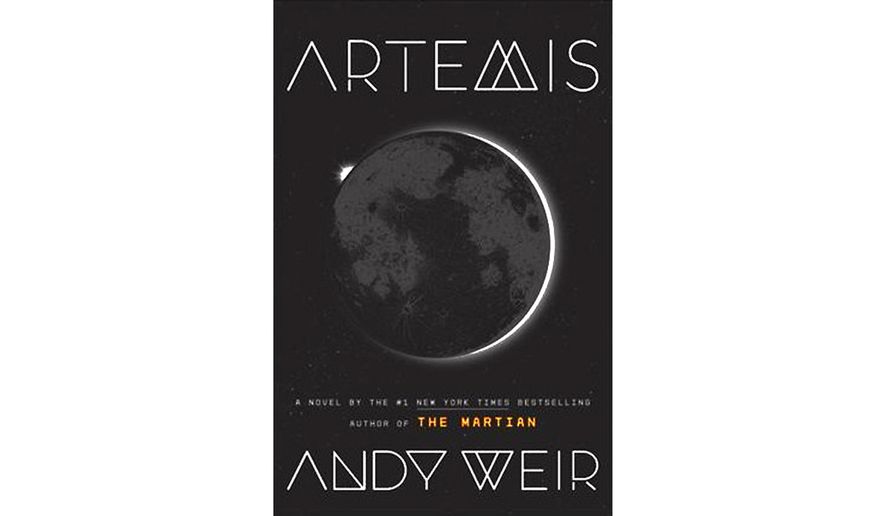
Weir wrote the book “Martian” which most people know as the blockbuster
movie with Matt Damon. I never read it but imagined how difficult it would be
to create a story on an environment which we know so little about. Weir is not “us”
though; he is more engineer than novelist and sometimes gets lost in the
science.
What I found interesting about “Artemis” is the economy that
develops on the moon around the citizens. It’s similar to any small country or homogeneous
society where one or two big companies dominate and everyone else works to
support them. I’m a bit deficient in science so I had to take most of his
descriptions at face value. Especially details related to oxygen in the atmosphere,
what is required for welding in space and how to deal with fires on the moon.
At its core this is a story about protecting a colony from
invaders. Not aliens invaders from another planet, just the usual corporate
interests hoping to expand their holdings and crush the competition.
Imagine a small town with a steel mill in pre-World War II
America and Artemis as an economy starts to make more sense. The mill employs
most of the people in the town, they’re able to buy on credit and they exist as
a community, with their own standards and laws. Artemis is the name of the moon
city with around 20,000 people who call it home. Any self-sustaining group
needs hospitals, banks, schools and anything required for living. Artemis has
tradesman like welders and iron workers, retail employees to sell trinkets to
tourists, and bartenders to help folks forget where they live.
One way it isn’t like a mill town is the tourism that keeps
the place going. Tourists pay for once in a lifetime visit to see the city and
see the famous 1969 landing spot where Neil Armstrong stuck a flag. The earth tourists stay in hotels and eat in restaurants like any other other vacation trap. The city
itself is largely underground. The obvious lack of oxygen on the moon makes
venturing out in EVA suits the purview of professionals, in this case a guild
of trained astronauts.
The hero of the story is a Saudi girl (by birth) who has
lived on the moon with her dad since she was six years old. Jasmine (Jazz) is a
porter, skimming small amounts for herself and smuggling in contraband for
wealthy residents. One day she gets a request from one of the city’s rich entrepreneurs
to destroy some equipment owned by the only functioning aluminum plant.
Apparently the moon is rich in bauxite which can be broken down to make
aluminum. As a trained welder Jasmine is perfect for the sabotage; she can move
around easily and access the pressure locks unsuspectingly and walk on the
surface of the moon in her EVA suit. I won’t give too much else away but the
basic plot involves locals (Atemisians?) fighting off the encroachment of
crooked interests.
Andy Weir is a geek, so he is best when describing how to
spot weld in a vacuum or how to rig a copper safety in an aluminum smelter so
it malfunctions and boils the container (sorry, spoiler). He isn’t great at dialogue though and
his heroine (Jazz) is a bit too selfish for someone concerned with the general
welfare of the city she lives in. She holds grudges and is on bad terms with
nearly everyone including her dad. Readers need to relate to the protagonist,
sadly she wasn’t likable.
I could tell right when I started reading this would soon be
a movie. Not because the characters are rich and entertaining but because of
possibilities presented by a moon city. Think all the cool tech Hollywood will
create for this. It’s exactly what made the “Martian” such a readily adaptable
story for the screen. Take all the problems of a regular heist movie and put it
on the moon. Add airlocks and pressure chambers, some cool rovers that can
climb hills and tell a great “against all odds” tale.
Weir is the perfect
writer to walk us through the technical glitches of working on the moon and
explain the why’s of structural design. I am betting this film is better than the book however. It’s a rare
thing when anyone can say that but in this case the movie should at least be
fun. The last few chapters of the book are perfect for action sequences.
